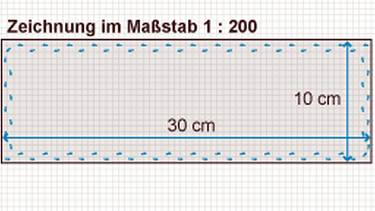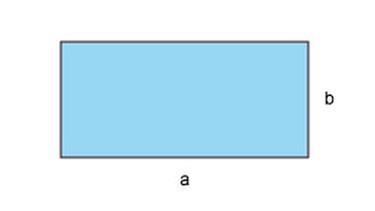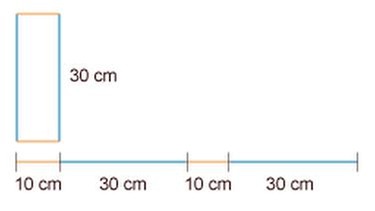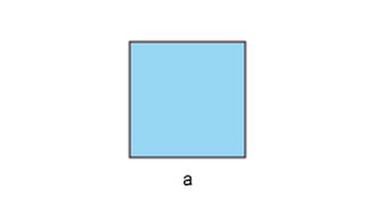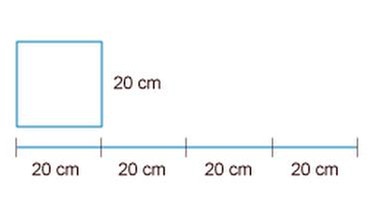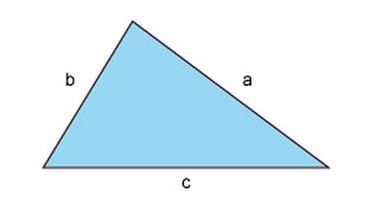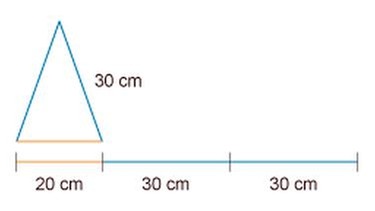GRIPS Mathe 16 Der Umfang

Matthias misst die Reithalle mit seinen Schritten aus.
Damit hat er automatisch auch den Umfang der Reithalle bestimmt.
Umfang
Der Umfang u ist die Summe aller Seitenlängen einer "geometrischen Figur".
Schauen wir uns zuerst ein allgemeines Rechteck an:
Beispiel Rechteck
Eine Sonderform des Rechtecks ist das Quadrat:
Beispiel Quadrat
Und nun kommen wir noch zu einer ebenfalls recht häufigen Figur - dem Dreieck:
